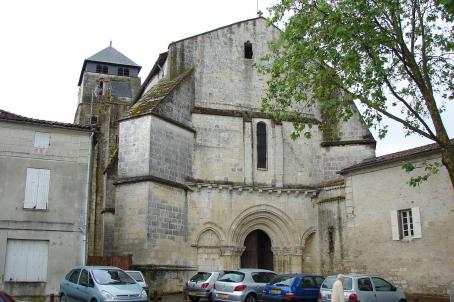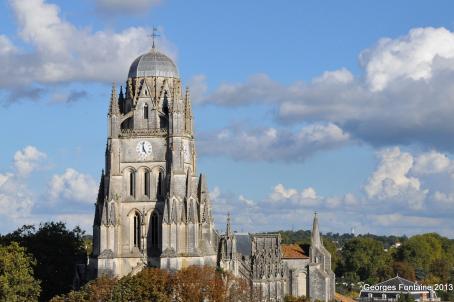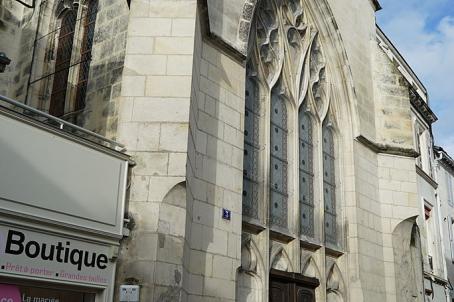Abbaye aux Dames
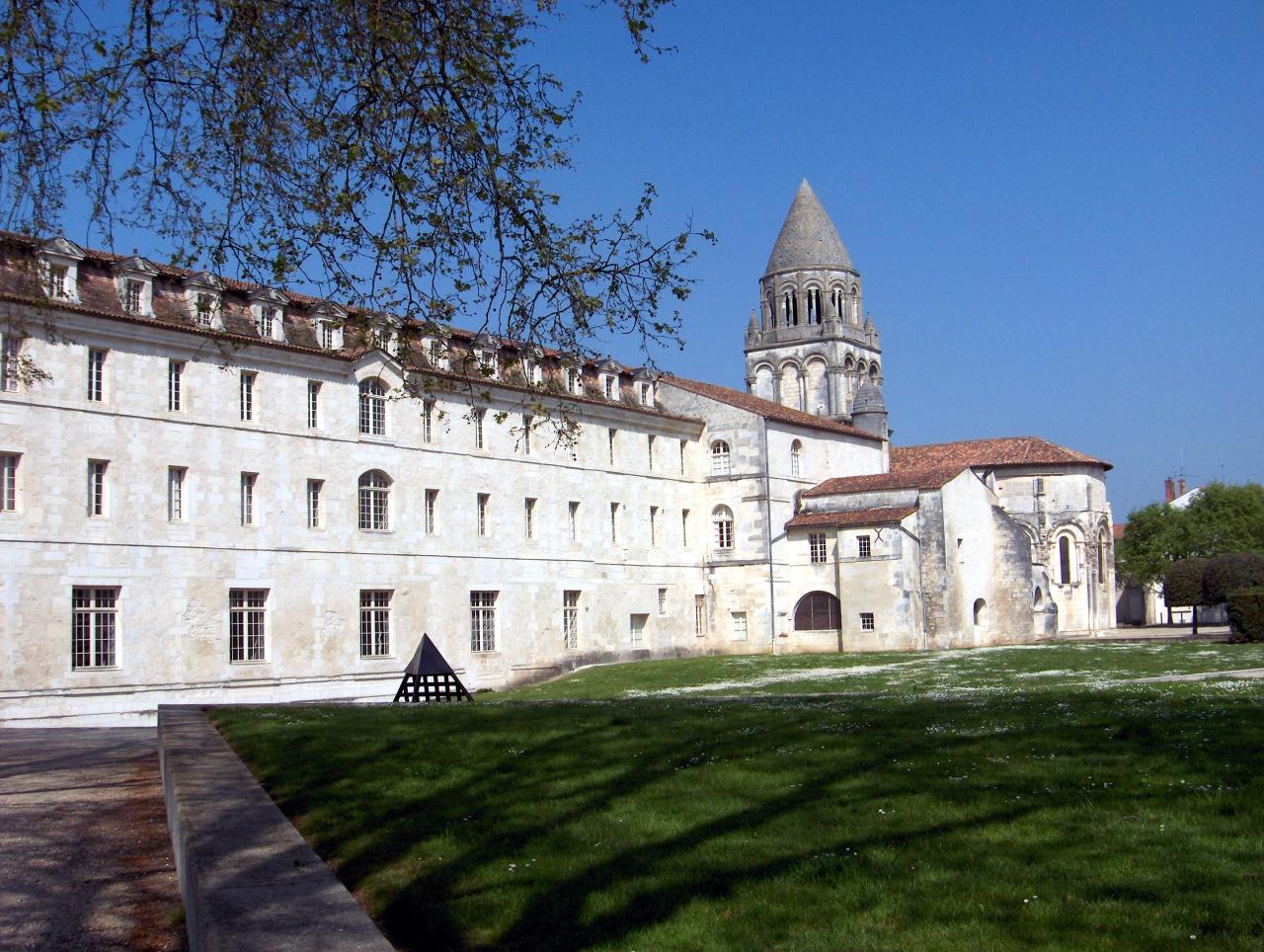
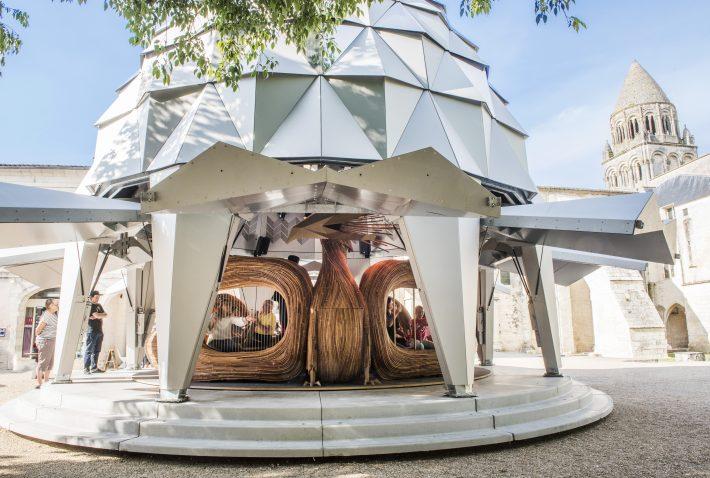


Established on the right bank of the river Charente, near the former funeral basilica of Bishop Pallais, it owes its foundation in 1047 to the Count of Anjou Geoffroy Martel and his wife Agnes of Burgundy. First women's abbey in Saintonge, the Benedictine moniales printed currency and had a taste for business.
About this building
The history of the Church of the Abbaye-aux-Dames dates to the end of the 6th century when a first shrine was built by the Bishop of Saintes. The Count of Anjou and his wife, Agnès de Bourgogne, donated to the nuns of Saint-Benoît to settle on the site from 1047. Donations multiplying, prosperity followed. The Abbess of Saintes, who always came from an important family, was a respected and powerful authority. The abbey was directly attached to the pope. Around 1145-1150, everything had to be rebuilt (lack of space? Fragility? We do not know). The present building of Notre-Dame church dates from this period. During the Hundred Years War, the abbey was partly destroyed. During the wars of religion, it was almost demolished by the Protestant leaders. In 1648, a fire ravaged the church and the conventual buildings. The whole was restored.
With the Revolution, the nuns are hunted in 1792, and the abbey becomes a prison. In 1808, the abbey is transferred to the city of Saintes to be transformed into barracks and prison. Under the Restoration, steps are taken for the whole to be returned to worship and nuns. But the project aborts by the action of the bishop of La Rochelle. Recalling the strained relations between his predecessors and the last abbess, Madame de Parabere, he asked that the abbey be now attached to the bishopric. On the refusal of the Benedictine nuns, the places remained barracks. After a serious warning on the future of the church, and another on the Romanesque facade planned for Saint-Vivien, then for a lapidary museum, the city bought the church in 1924. After a repair work, he was returned to worship in 1939. The convent buildings, abandoned after the war, are restored in 1970-1980 and now house a music school.
